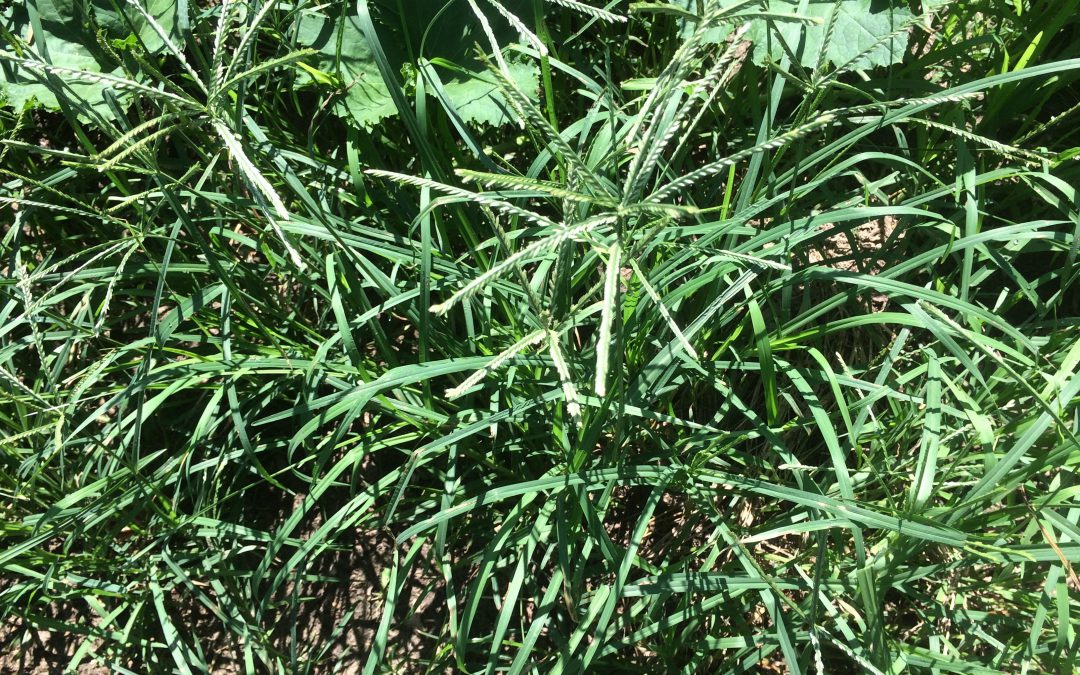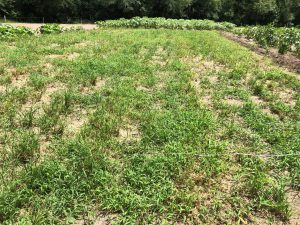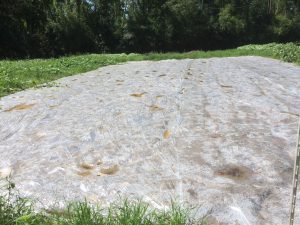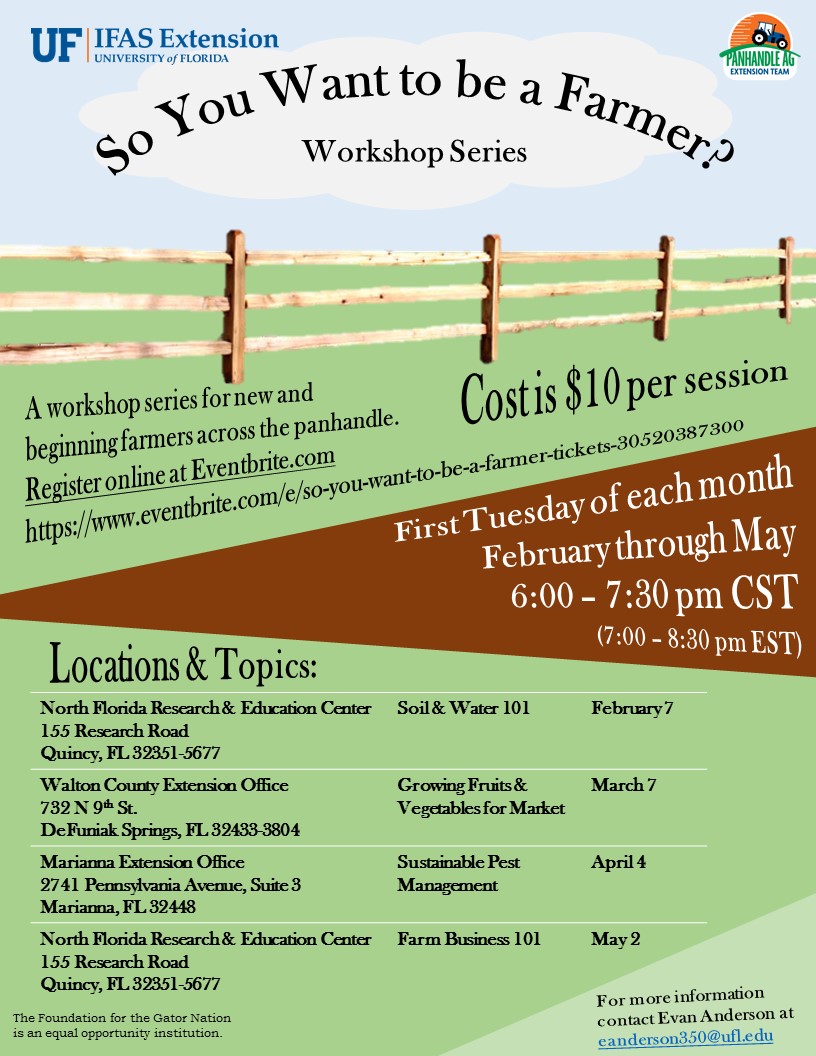
Beware Vaseygrass, an Aggressive Exotic Weed

Vaseygrass produces prolific seed heads, and once introduced, can be spread easily by farming equipment. Photo by Herman Holley.
Beware Vaseygrass, an Aggressive Exotic Weed
A couple months ago I got a concerning call from a local small farmer. Rich Pouncey, of Bumpy Road Farm in northern Leon County, was very troubled by an unwelcome visitor he found growing on his farm.
Rich, who grows multiple crops, including heirloom corn varieties to create his delicious cornmeal and grits, noticed something amok in a portion of his rows. With closer inspection – and a visit from Extension Agent Les Harrison – it was identified as vaseygrass (Paspalum urvillei). Vaseygrass, an aggressive exotic species from South America, was starting to take complete control of a large section of Rich’s small growing space he had reserved for upcoming collard production.

With its abundant seed heads and our consistent summer rainstorms, vaseygrass quickly took over a section of Rich’s field. Photo by Molly Jameson.
Rich, who prides himself on supporting biological diversity, soil health, and native pollinators, uses strictly organic growing methods in raising his crops. Therefore, the presence of such an aggressive exotic was truly of grave concern.
Rich is not sure exactly how this weed was introduced to his fields. He suspects it may have been hidden in a soil amendment he purchased, but he cannot be certain of the source. It is certainly a reminder to be careful when bringing in outside equipment, mulch, and any new agricultural products.
When mature, vaseygrass can grow to six-feet tall with plentiful seed heads, and it flourishes in warm, wet conditions. It spreads by seeds and has very high rates of germination during times of abundant rainfall. The grass is low in nutrition – making it a poor choice for grazing cattle – but in a hay field, it will spread like wildfire if not controlled.
Vaseygrass is a true perennial bunch grass, with a small root system and, fortunately, few rhizomes. Rich began pulling and black bagging as much of the grass as he could each day, but struggled to keep up, and it quickly spread through more than a tenth of an acre of his field.

When hand pulling wasn’t enough, Rich switched to solarization, hoping to kill emerged vaseygrass seedlings and seeds with heat. Photo by Herman Holley.
About six weeks ago, Rich changed strategies and began solarizing the area with clear plastic sheeting. Tightly covering soil with clear plastic sheeting in the warmest summer months can trap heat and increase temperatures, potentially killing weeds, pests, and diseases within the top foot of the soil surface. He will find out soon if this control strategy has been successful, as he’ll be pulling up the plastic in September. He knows that if the solarization is not successful, he may have no choice but to use chemical control methods, which will mean he will have to wait years to grow any crops in this area he wishes to market as organically grown.
If hand pulling isn’t enough, small infestations of vaseygrass can be controlled by spot spraying a one percent glyphosate solution at 1.2 ounces/gallon. Be aware, mowing and tilling can make the problem worse, as the scattering and burying of seeds can exacerbate the infestation.
For more details about identifying and controlling vaseygrass, read the UF/IFAS EDIS publication, Identification and Control of Johnsongrass, Vaseygrass, and Guinea Grass in Pastures (https://edis.ifas.ufl.edu/ag372).
If you suspect vaseygrass is growing on your property, contact your local county extension agent to get the grass properly identified and help spread the word about its presence.

